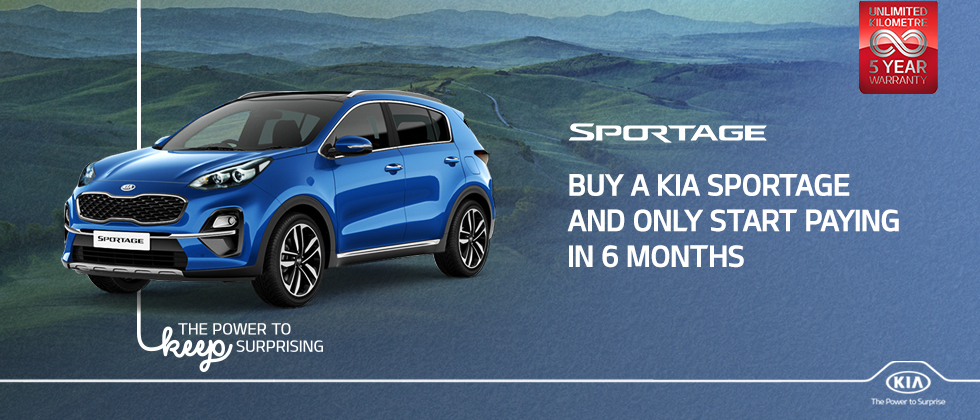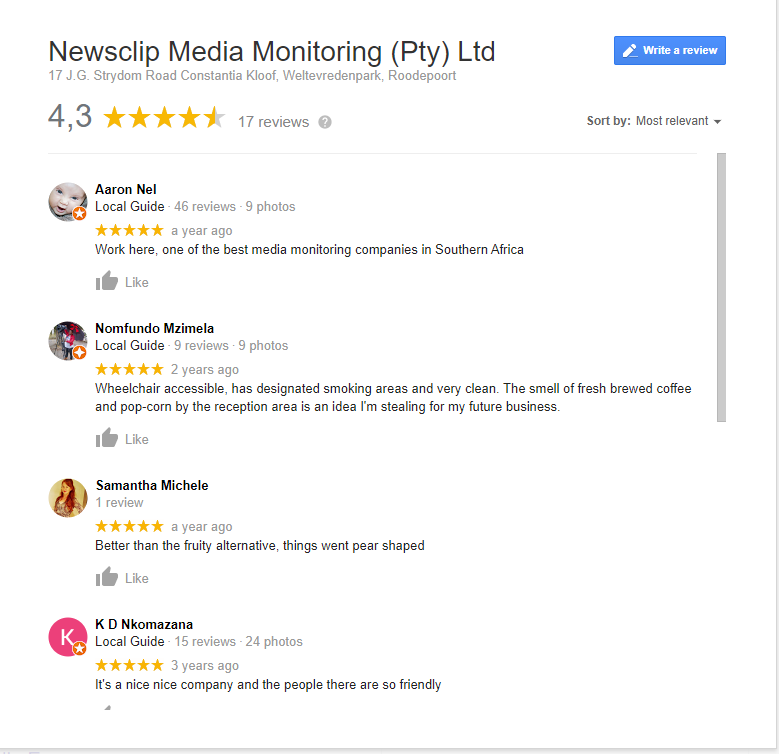Selling an intangible product requires a lot of effort and — not to mention
loads of creativity. The goal is to persuade the consumer to buy into the service offered to them. You, therefore, need to be able to
illustrate your service prospects in a way that it gives a clear picture of what your service does and precisely what you have on offer.
For some services, you need to develop a knack for storytelling and interpreting the service jargon to ensure that consumers understand the content. And, more than anything, your content should be filled with solutions that will benefit the consumer if they
do acquire the service.
Although what you’re offering can be a want, you have to structure your message in a way that makes the consumer feel as if they
need it. And this does take quite a bit of convincing!
Don’t worry though, we’re here to help!
Here are three ways to sell a service like a tangible product:
1. Solve your consumers’ problems
To solve a consumer’s problem, you first need to understand what the issue actually
is; once you do, you need to create a solution that can solve that exact problem.
For example, if you’re selling car insurance, you need to understand the complications that motorists face on a daily basis regarding their vehicles and check where competitors are leaving gaps in their products and services. Essentially, look for where you can swoop in and save the day.
Let’s suppose that the common problem with most vehicle insurance policies is that the consumer pays a huge amount of excess fees to have their car repaired for even the smallest damage.
That’s where you come in! To solve the consumer’s problem, design a policy that is
much cheaper and that covers all the things that clients feel could be less expensive — like fixing a cracked side mirror, for example.
So, why, in this instance, would clients
choose you over other insurance companies? You
clearly know the difficulties that they are facing and you designed a tailored solution to those issues.
2. Focus on the end results of the service
Consumers are highly focused on the outcomes of the services that you’re offering.
When you’re creating your message, it’s best to focus on
selling what consumers would gain when they’ve made use of your services — present the overall results for them.
Ways to show them what this would entail include doubling the benefits of the service offered for the first initial period to get them hooked on what it gives them. Another idea is to delay payment with a trial version, or the like, to give consumers a preview of the offering. Who
doesn’t like to save money?
Here’s an example of how Kia showcased intangible benefits to consumers:

There are many ways to convince a potential buyer or client that your services are better than the rest. One of those is with physical
evidence, such as testimonies and experiences from previous clients. Consider things such as Google reviews. Lately, a number of consumers rely on what those who’ve experienced a service, such as Newsclip Media Monitoring, have to say. They also take note on how you respond to unsatisfied clients.

If you can work well with your current clients, they’ll have positive comments to make about you, which can ultimately convince others to make use of your services.
3. Focus on consumers’ emotions
A person’s feelings are what makes them react a certain way and make certain decisions. Getting consumers to choose to buy
your service offerings is highly influenced by emotions, amongst other contributing factors. So why not create a strategy that’s designed to ignite emotion?
Depending on your target market, create something that you
know they can relate to so they can get a sense of
belonging to the brand. For example, if your target audience is a new, young professional in business, your brand message to them could include someone who dresses in a corporate fashion and is around your target audience’s age group. That way, the audience is bound to acquire your services because you’re promoting with visuals that are relatable to them.
Consumers like to be shown
gratitude — no matter how small the token is. For example, you could show your loyal consumers a bit of gratitude by rewarding them with a free consultation or movie tickets. Something like this will make them feel appreciated and valued by your brand.
Another thing to incorporate is
assurance; do things that make your consumers feel at ease about using your services. Show them that you care by updating them on a regular basis about any progress or events surrounding your brand, especially those that directly impact them.
If things go unplanned, communicate with them what the problem is and resolve the issues. And, most importantly, deliver on time, as per your agreement — consumers don’t like to be kept waiting, especially after they’ve paid for the service.
Essentially, selling an intangible product requires that you promote the message
even more. This is not to say, however, that it is an impossible task. Rather, when done in a tangible way, your brand and customer following can only come out better.
Clearly selling a service requires you to be authentic and to get your prospects right. What are your thoughts on this? Let us know in the comments section below.
We see that you’ve enjoyed our content right until the end. To get more insightful stories, sign up to our newsletter.